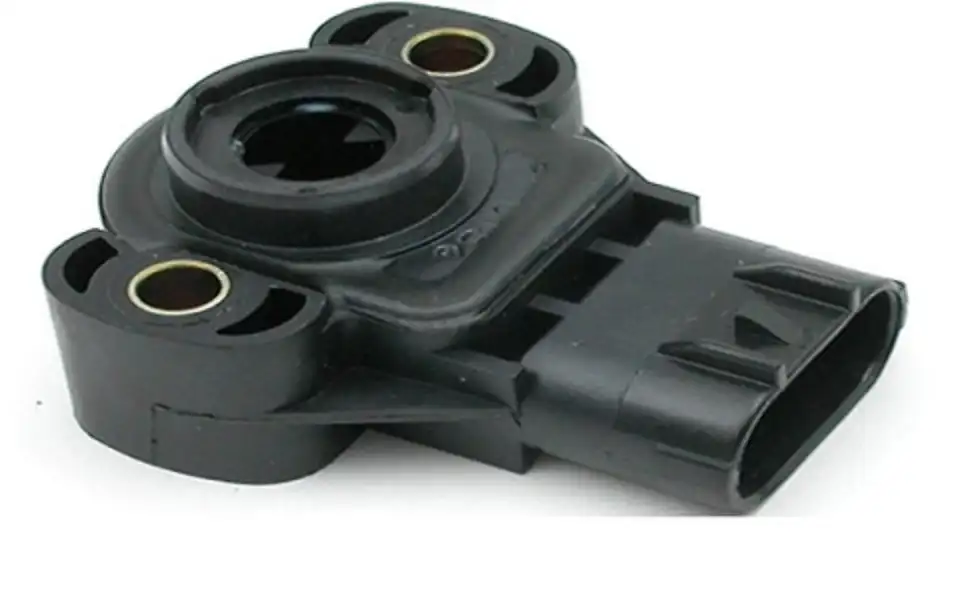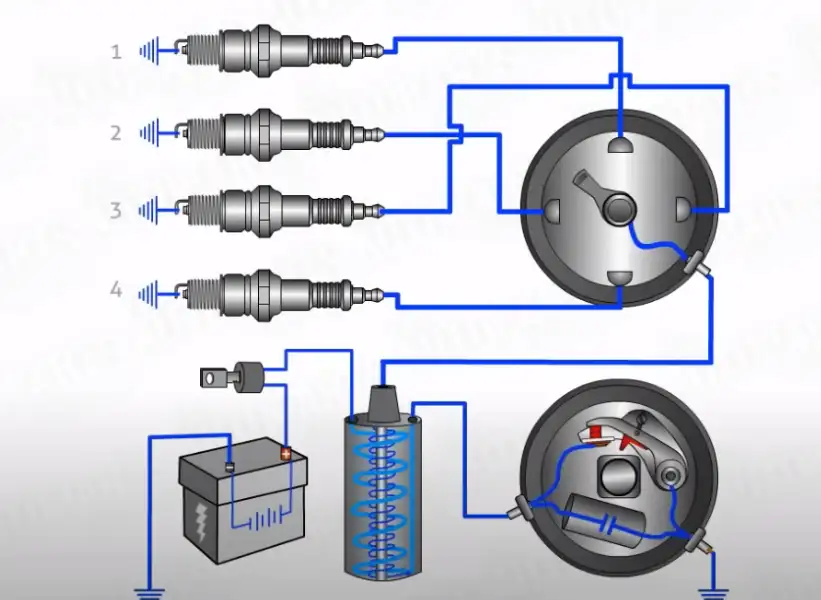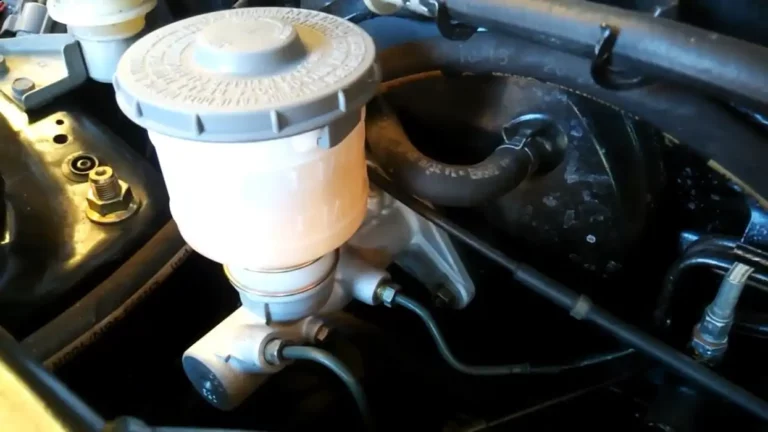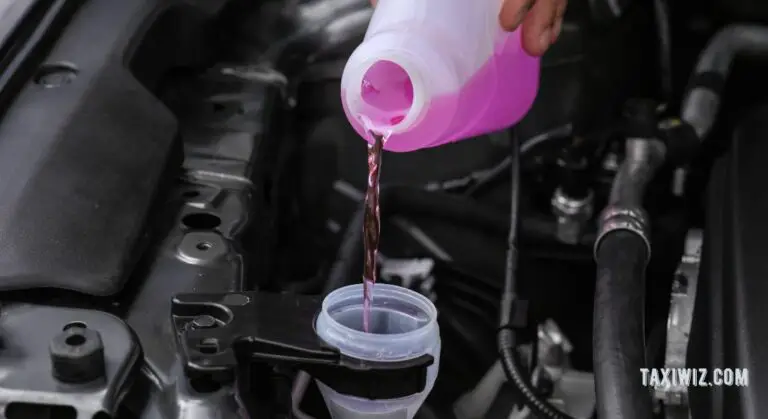Why Does My Car Hesitate When I Push The Gas Pedal?
Have you ever found yourself pushing the gas pedal only to feel your car hesitate before finally accelerating? It can be a frustrating and sometimes even scary experience, especially if it happens in a high-pressure situation like merging onto a busy highway.
Engine hesitation is a common issue that affects many drivers, but the good news is it can often be fixed with some simple repairs or maintenance.
In this article, we’ll explore the common causes of engine hesitation. We’ll also provide tips on how to fix engine hesitation so that you can get back to enjoying a smooth and responsive ride. So buckle up, and let’s dive in!
Car Hesitates When I Push The Gas Pedal: Causes & Solutions
Several causes may be the culprit behind this issue, such as
- Faulty throttle position sensor
- Clogged Air filter
- Dirty fuel filter
- Weak fuel pump
- Bad fuel injector
- Fouled spark plug
- Bad ignition coil
You push the gas pedal and your car doesn’t respond or respond slowly-commonly termed as hesitation. It’s a frustrating condition. The above-mentioned causes have been categorized into four.
Now, let’s move on to discuss each cause in detail.
Throttle System

The throttle position sensor (TPS) is a component of the engine’s fuel and ignition management system. It’s a sensor that detects the position of the throttle plate and sends signals to the engine control module (ECM). ECM uses this information to adjust the air-fuel mixture and control the engine’s speed.
The TPS also helps ensure the engine runs smoothly during acceleration and deceleration. A malfunctioning TPS can cause a variety of problems, including hesitation, stalling, and poor fuel economy.
Malfunctioning TPS Causes Hesitation
There are several reasons the TPS is prone to malfunction.
- Over time, the TPS can become worn or damaged, causing it to send incorrect signals to the ECM.
- Another issue is a misaligned or loose TPS. If the TPS is not properly aligned or tightened, it can also send incorrect signals to the ECM.
What is The Solution?
- If TPS is causing your car to hesitate, it’s high time you properly inspect the car by mechanics
- Replace the sensor if it is damaged or worn
- Realign or tighten it if it is misaligned or loose
- In some cases, cleaning the TPS can also help resolve the issue
Here is a video to learn how to replace the TPS!
Air Intake System

The air intake system is responsible for delivering clean air to the engine, which is essential for efficient combustion. It prevents dirt, dust, and other debris from entering the engine. If any of the air intake systems get damaged or clogged, it causes engine hesitation. For example,
Read Also: Car Heater Blowing Warm Air Not Hot
Clogged Air Filter Causes Hesitation
A common reason behind car hesitation is a clogged air filter. An obstruction in the air filter prevents the engine from receiving adequate air for the combustion chamber to produce flames. Consequently, your engine will suffocate and beg air to breathe! This will manifest as a stutter, even stalling.
In addition to the air filter, other air intakes system components, such as the mass airflow (MAF) sensor and the throttle body, can also become dirty or clogged, leading to similar problems.
What is The Solution?
You can either replace the air filter or repair it by cleaning it through. Here is how to replace an air system issue-
- Find out the replacement filter according to the model and year of the car
- Open the hood
- Locate the air box
- Slide the old filter out, and put it on the side
- Install the new filter
- Now, attach the clips
- Reinstall the boot
- You’re done!
Watch this video to learn how to clean and replace the air filter. https://youtu.be/36fxZ_Z92is
Fuel Delivery System
The fuel delivery system yields fuel to the engine, which is necessary for combustion. This system has 5 components-
- The fuel tank, which stores the fuel
- A fuel pump is located inside the fuel tank, which pumps fuel to the engine
- The fuel filter prevents contaminants from entering the engine
- The fuel pressure regulator controls the fuel pressure in the system, ensuring that the engine receives the proper amount of fuel
- Finally, the fuel injectors are responsible for injecting the fuel into the engine’s combustion chambers, where it is mixed with air and ignited
Any abnormalities of these components may cause the engine to hesitate. Some of these issues are-
Dirty Fuel Filter
Over time, the fuel filter can become clogged with dirt and debris. This can restrict the flow of fuel to the engine, leading to hesitation or even stalling.
Weak Fuel Pump
Then the fuel pump may fail to function properly. And the fuel pressure will reduce. As a result, the engine lacks the power to generate energy which may appear as car hesitation or difficulty in starting. Other symptoms, such as noise, and engine sputtering, may also be visible.
Bad Fuel Injectors
Sometimes fuel injectors can also cause issues with the fuel delivery system. Dirty fuel injectors can result in misfires and uneven fuel delivery, leading to hesitation or reduced acceleration.
What is The Solution?
The solution to fuel delivery system issues depends on the specific component that is causing the problem.
- If the fuel filter is dirty or clogged, it should be replaced
- If the fuel pump is failing, it may need to be replaced
- Dirty fuel injectors can be cleaned or replaced if necessary
Related Post: Fuel Gauge Reads Empty When Full
Ignition System Issues

The ignition system is responsible for creating the spark that ignites the fuel in the engine’s combustion chamber. This system comprises the ignition coil, spark plugs, spark plug wires, and the distributor (in older vehicles).
In modern vehicles, the ignition system is controlled by the engine control module (ECM), which regulates the timing and strength of the spark.
Read Also: Why Car Shakes When Pressing Gas Pedal?
Fouled Spark Plug or Ignition Coil Causes Hesitation
A failing ignition system can cause hesitation or stall, as the engine may not be able to ignite the fuel properly. Common issues with the ignition system include worn-out spark plugs, a faulty ignition coil, or damaged spark plug wires.
Naturally, when a coil pack begins to malfunction, it will affect spark plugs fire, preventing ignition and combustion. As a result, the engine won’t produce enough power, resulting in rough running, stalling when starting from a stand, and engine stumbling and surging.
What is The Solution?
The component that is causing the problem will determine how to fix ignition system issues. Spark plugs or the ignition coil might need to be replaced if any of them are broken. Follow the process to replace the spark plugs.
- First, go under the hood, unplug the coil on the plug, and get the spark plugs out
- Then, measure the gap between the width, it’s expected to be forty thousand of an inch. If more (say 60,000) it’s worn
- So, you have to put in new spark plugs
- Modern spark plugs need nothing to put on them. Just bolt in and get them snug
- Do the process in a cold engine. Never do it in a warm engine because engine heads are made of aluminum
Watch this video to see how to replace them!
Frequently Asked Questions (FAQs)
Still have questions in mind? Check the most frequently asked questions below.
What does engine hesitation feel like?
Engine hesitation can feel like a momentary loss of power or a brief pause in acceleration. It may feel like the car is not responding to the gas pedal as quickly as it should, or it may feel like the car is “stuttering” or “jerking” as it accelerates.
Can engine hesitation be dangerous?
Yes. Engine hesitation can be a sign of a larger problem with the car’s engine or drivetrain. While it may not always be immediately dangerous, ignoring the issue can lead to further damage to the engine or other components.
Additionally, hesitation during acceleration can be dangerous in certain driving conditions, such as when merging onto a busy highway.
Final Words
When you press the gas pedal, your car may hesitate for several reasons. It could be caused by a faulty throttle position sensor or a clogged air filter. Once more, issues with various fuel delivery system components may be the root of the issue, such as a defective fuel injector, a weak fuel pump, or a clogged fuel filter.
Last but not least, a fouled spark plug disrupts the ignition system and makes the engine hesitate. Throughout the text, we have covered the fixes to each of these problems. So, if you experience engine hesitation, promptly follow this guide and recover your car from danger.





